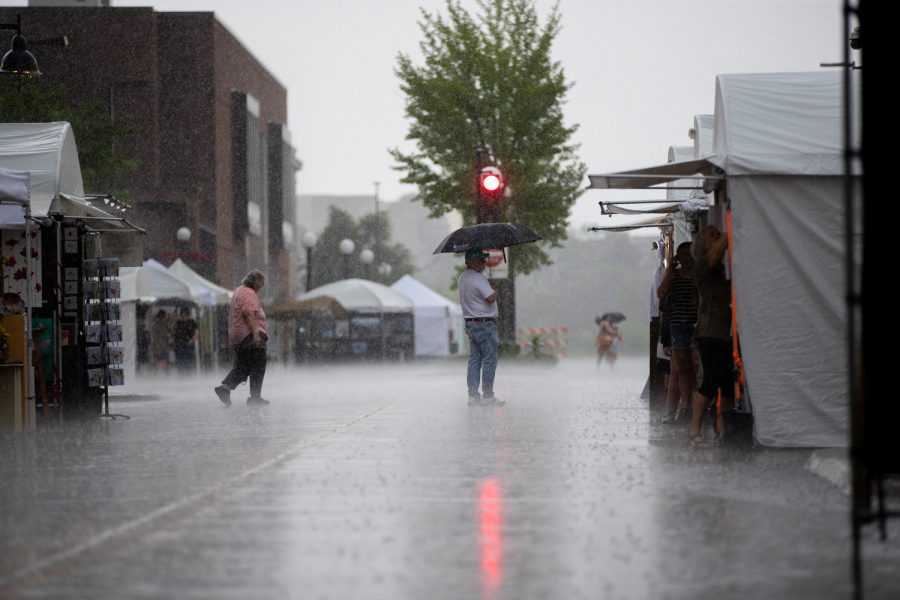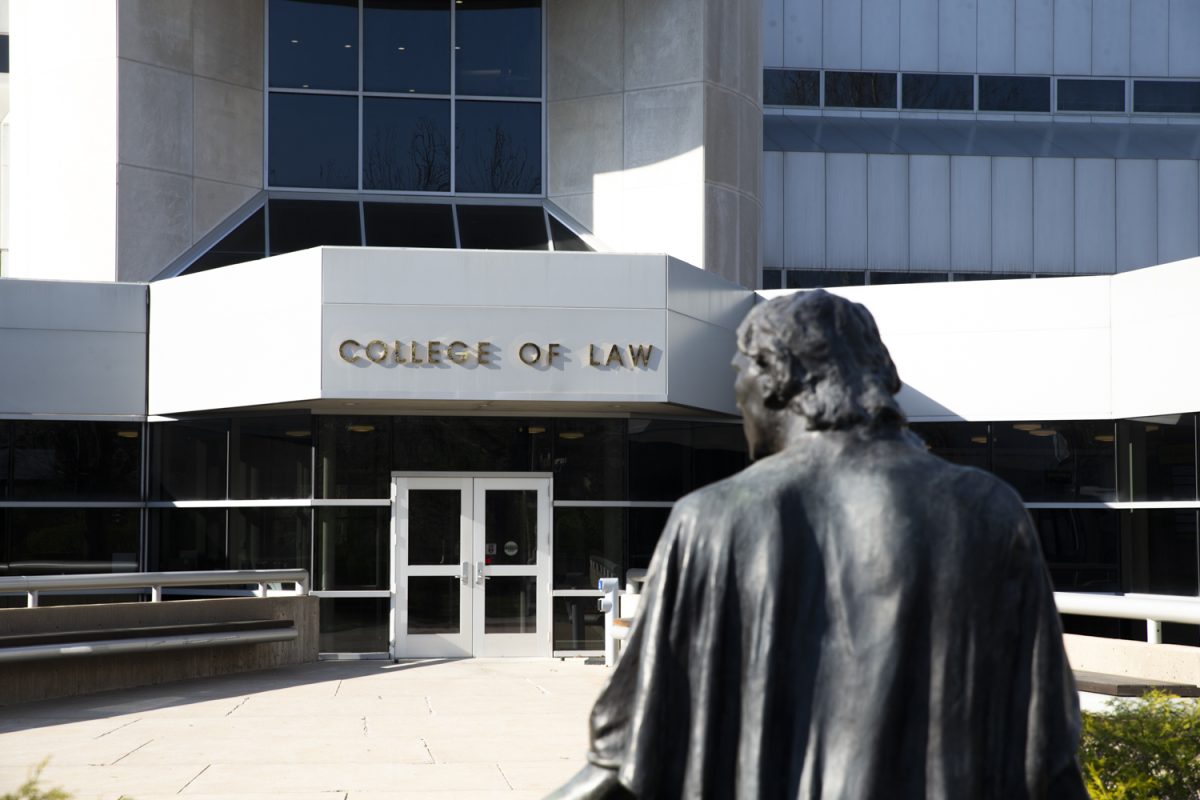Faculty efficiency has been a focus at the UI for at least two years, but the budget crisis in particular has “accelerated” the need, the faculty council president said.
Because of the diminishing numbers of faculty positions and teaching assistants, UI officials said they need faculty to pick up the slack and teach more students.
“We’ve lost so many teaching assistants, we’ve lost faculty lines, and the current faculty are being asked to step up to the plate more and teach more because of the need,” said Faculty Council President David Drake.
According to the College Portrait for the UI, the ratio of students to faculty is 15-1. Most undergraduate classes — 82 percent — have fewer than 30 students.
Freeing up those professors who interact with few students to teach larger classes could save money, UI Provost Wallace Loh said.
“What colleges are trying to do is to make the most effective and efficient use of limited teaching resources to meet the student demand,” he wrote in an e-mail.
Loh noted the “best class sizes” are determined by subject matter, so classes in art performance are small, almost individualized instruction.
Theater Professor Eric Forsythe teaches 16 students in his acting classes and four or five in his directing seminar.
Small numbers are a matter of individualized attention and safety because of the physical activity involved with theater, he said.
“Any more [students], and we would have people being hurt,” Forsythe said.
To improve efficiency, professors are taking on a larger number of classes with the same number of students. Professors now work with larger numbers in general, Forsythe said.
“We reach a fair number, and we’re certainly cognizant of our responsibility to reach as many as we can,” he said.
Another reason some faculty work with fewer students is if their subject matter is not very popular, resulting in low enrollment. While those professors may have to take on more classes, Drake said, it wouldn’t necessarily mean they would have to discontinue the smaller class.
But colleges may have to reconsider whether low-enrollment classes should be offered annually, Loh said.
Despite focusing on efficiency, students’ education won’t suffer, Loh said, and size won’t determine the quality of teaching.
“Some types of courses must be kept small, and some types of courses can be large, keeping educational quality the paramount consideration,” Loh said.
For performing arts classes, small student-teacher ratios are necessary for the space available, style of teaching, and one-on-one time.
“In performing arts, it’s absolutely vital,” Forsythe said. “The relationship is crucial. If there weren’t very close personal relationships with students, we might as well go out of business.”






